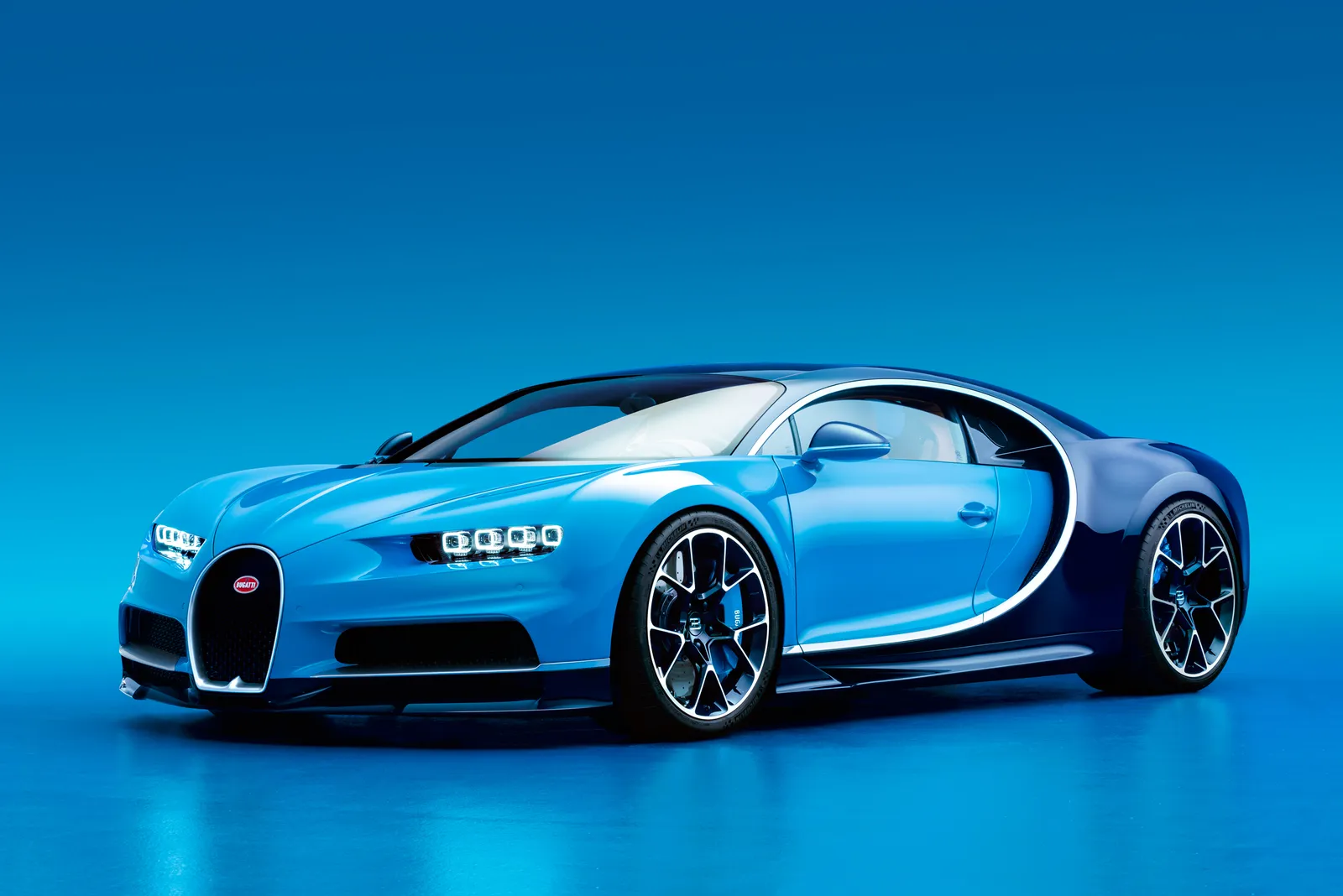Samsung’s upcoming flagship phone lineup, the Galaxy S24 series, has been generating a lot of buzz lately, despite the fact that there are still several months to go before the official reveal. In a recent leak, attention was drawn to the rumored titanium frame of the S24 Ultra, with an intriguing detail: this change won’t impact the phone’s weight.

Now, additional details are emerging from renowned leaker Ice Universe, shedding light on the regular Galaxy S24 and Galaxy S24 Plus models. Traditionally, Samsung has maintained a consistent design across its flagship phones, characterized by a smooth, curved aesthetic resembling a pebble. However, according to Ice Universe, a design shift is in store for the Galaxy S24 and S24 Plus. Specifically, these models are rumored to feature flat sides.
While Apple’s iPhone has previously transitioned from flat sides to curved and back to flat, the Galaxy S24 and S24 Plus represent Samsung’s first foray into flat-sided frames. A key distinction here is that current iPhones possess flat sides all around.
But here’s the question: if the regular Galaxy S24 models are adopting flat sides, will the Galaxy S24 Ultra follow suit? As of now, Ice Universe hasn’t provided any hints that the Ultra variant will undergo a similar change. Therefore, it’s reasonable to anticipate that the Ultra will maintain its predecessor’s design, at least for the time being.
An intriguing consideration in this design shift is the potential impact on the feel and look of the phones. Preferences regarding flat versus curved frames are quite subjective. Some users argue that flat sides are uncomfortable to hold, while others contend that they provide a more secure grip. Furthermore, proponents of boxier shapes claim that such designs facilitate optimal spacing of internal components.
Beyond practical considerations, Samsung might be aiming to introduce a fresh appearance to its flagship lineup. The Galaxy S series has retained a consistent look over the years, and this might be an opportune time to experiment with something new, especially given the incremental nature of recent upgrades.







